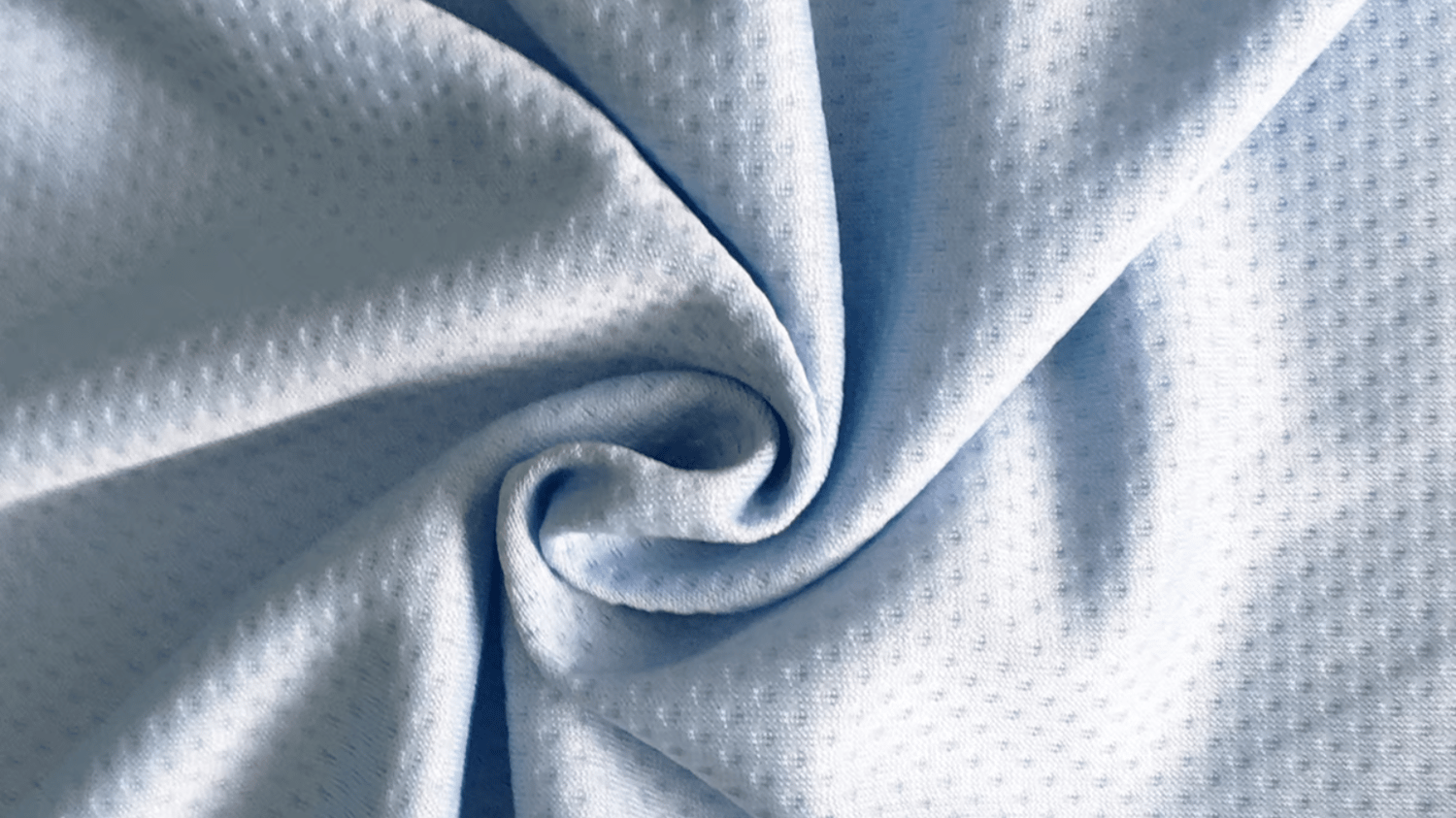Functional fabrics: A Revolution in Textile Industry
Functional fabrics are types of textile materials that possess additional and special properties beyond their traditional features like durability, comfort, and aesthetics. These fabrics are engineered to deliver specific functions, such as moisture-wicking, UV protection, antimicrobial effects, and others based on the needs of different market segments from sports, healthcare, and fashion to workwear and military. In this article, we will explore the different prospects of functional fabrics that make them the go-to choice for various industries.
Innovative Properties of Functional Fabrics
The innovation in functional fabrics has enabled companies to deliver on specific demands and needs that traditional fabrics could not fulfill. The advanced engineering behind the development of these fabrics has resulted in unique properties that allow businesses to offer products that go beyond traditional textile products. For example, fabrics used in sports clothing have moisture-wicking properties that help athletes to stay dry and comfortable during workouts while military and workwear garments have abilities like flame retardance and chemical resistance that protect wearers in hazardous environments.
Performance Enhancement in Sports clothing
Functional fabrics have revolutionized sportswear by providing athletes with apparel that can enhance their performance in various ways. For example, the properties of compression fabrics used in products such as cycling shorts and compression tights have been shown to support muscle activation, oxygenation, and recovery which improve athlete's performance. Also, moisture-wicking fabrics used in clothing such as running shirts reduce the accumulation of sweat on the body, keeping athletes dry and comfortable during intense bouts of activity.
Improved Health Outcomes in Healthcare Applications
The antimicrobial and fluid-resistant properties of functional fabrics have revolutionized the healthcare industry. Medical clothing and items are manufactured from materials that can help to reduce the risk of spreading infections. For example, medical scrubs are made with antibacterial properties that can reduce the transmission of bacteria and other harmful pathogens. Additionally, materials like Smart textiles can enable doctors and nurses to monitor patient health in real-time, through sensors that detect and transmit data about vital signs such as heart rate and respiratory rate.
Protective Textiles in Industrial settings
Functional fabrics are crucial in industrial settings where workers are exposed to dangerous environments that can pose a health risk. For example, flame retardant textiles are commonly used in the construction industry for protective clothing that reduces the risk of injury or even death from fire and chemical hazards. High-visibility fabrics in workwear are designed to make sure workers are easily seen, reducing the risk of accidents or injuries from vehicles.
Creating Sustainable Textiles
Functional fabrics are revolutionizing the textile industry by providing sustainable alternatives. Brands are increasingly looking for sustainable materials to reduce their environmental impact. Innovative functional fabrics made from sustainable materials, such as bamboo, recycled polyester, and organic cotton, are eco-friendly alternatives that have a lower environmental footprint. These materials help to reduce water, energy consumption, and waste and provide a more sustainable approach to producing textiles.
Cost-effective and Durable Textiles
Functional fabrics offer long-term cost savings to businesses and customers. They can withstand heavy usage, meaning they don't require frequent replacement, which saves businesses money in the long run. Additionally, moisture-wicking fabrics decrease the need for washing, thereby reducing the total cost of laundry costs. Furthermore, with the growing innovation in textile technology, production of functional fabrics has become increasingly cost-effective and affordable for brands, resulting in cost advantages for consumers.
Comfortable Everyday Wear
Functional fabrics have been introduced into everyday clothing items making them more comfortable to wear with functional benefits. Fabrics used in items such as sleepwear are made from materials with moisture-wicking properties that help to prevent sweat build-up while you sleep hence improving sleep quality. The moisture-wicking properties of functional fabrics in dress shirts and business casual clothes are important for people in corporate settings by reducing sweat and odors.
Design Flexibility in Fashion
Functional fabrics have given fashion designers more flexibility in their designs. Printing, knitting, and weaving technologies have expanded allowing for new sleek, modern designs that can match traditional outfits. Additionally, textile finishes have provided new properties that modify the look and feel of the fabrics, such as fire retardant or waterproof finishes.
Improved Productivity in Workwear settings
Functional fabrics have become the norm in the workwear industry since it increases productivity in the workplace. Workers can work without fatigue, thanks to enhanced moisture-wicking properties that keep them dry and comfortable during work while still providing protection from accidents and hazards. In addition, durability increases the lifespan of workwear, reducing the need for frequent replacements, which positively impacts the bottom lines of companies.
Conclusion
The development of functional fabrics has revolutionized the textile industry, providing materials that help solve specific issues across different industries. The innovative and dynamic engineering of these fabrics has made it possible to deliver unparalleled functional properties that traditional fabrics cannot match. As brands continue to demand sustainable, cost-effective, and comfortable materials, functional fabrics will continue to lead the textile industry in the future.

